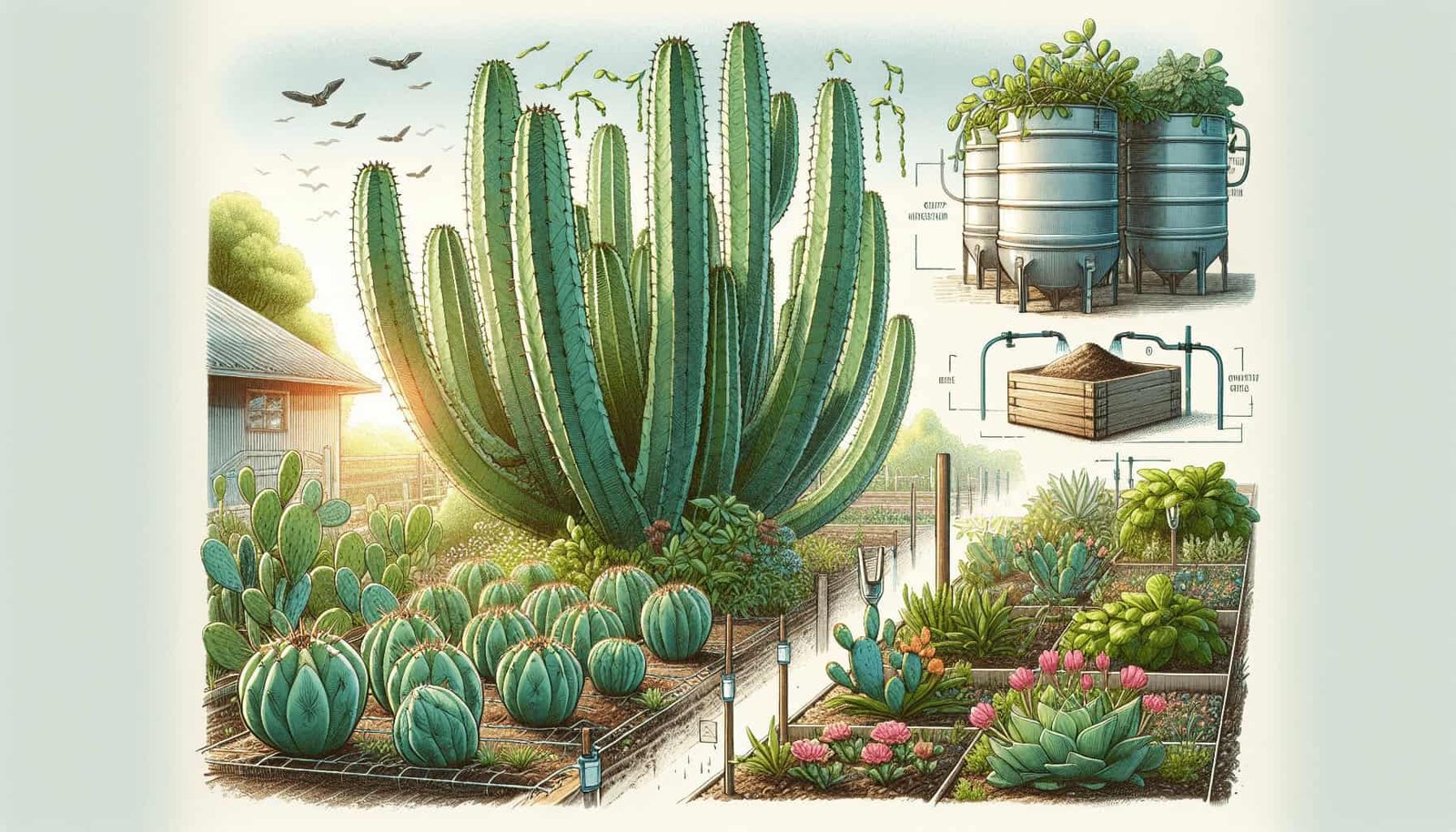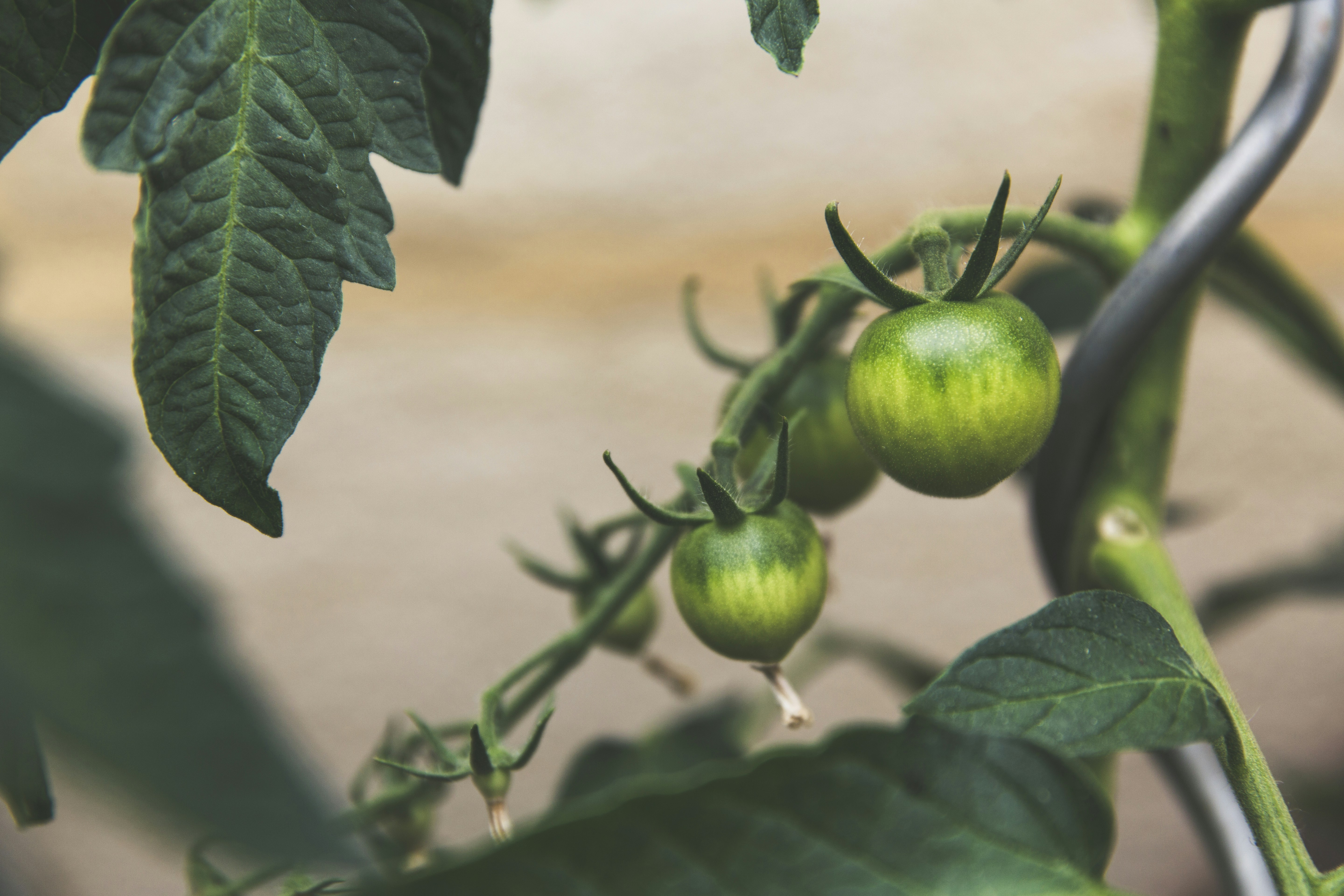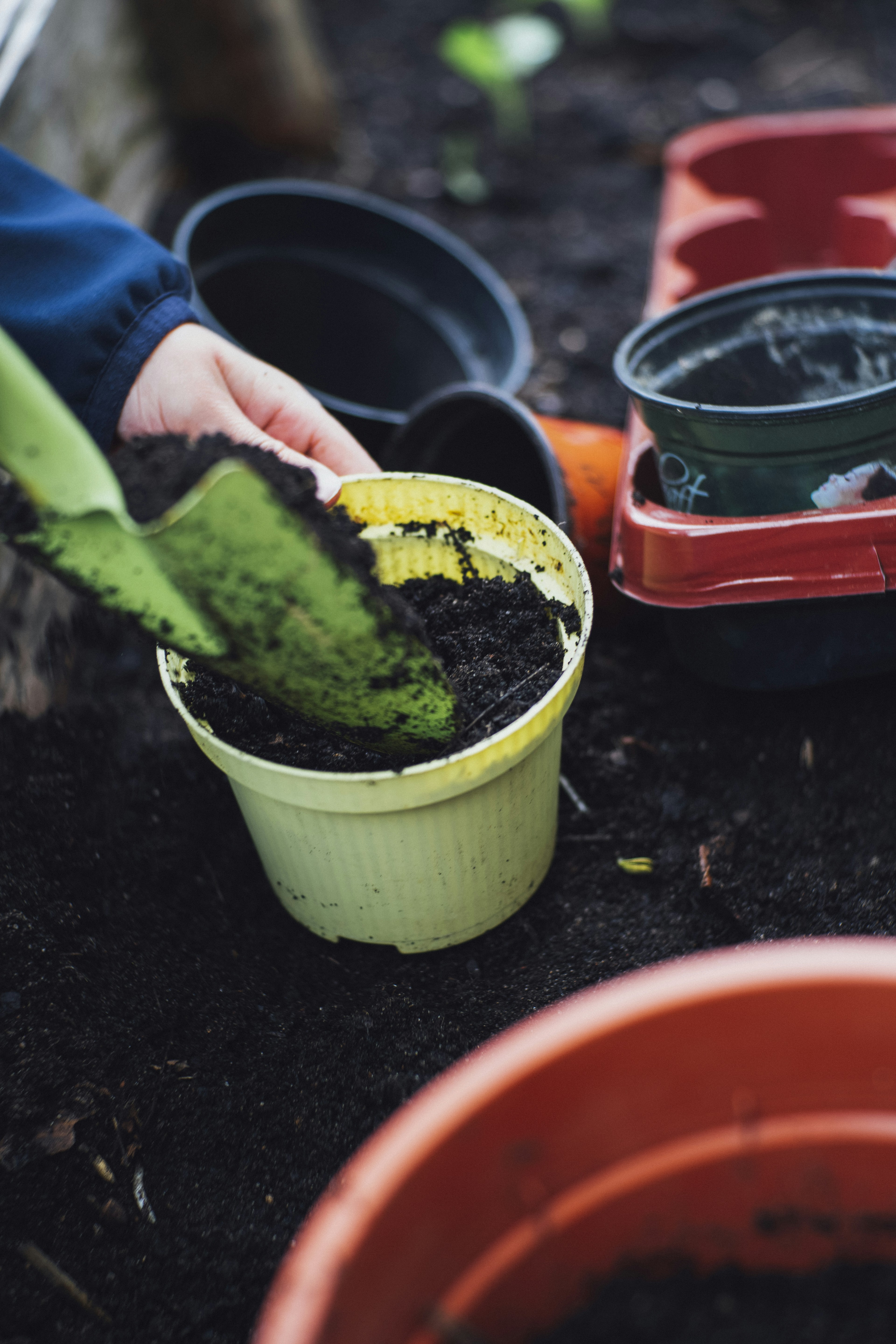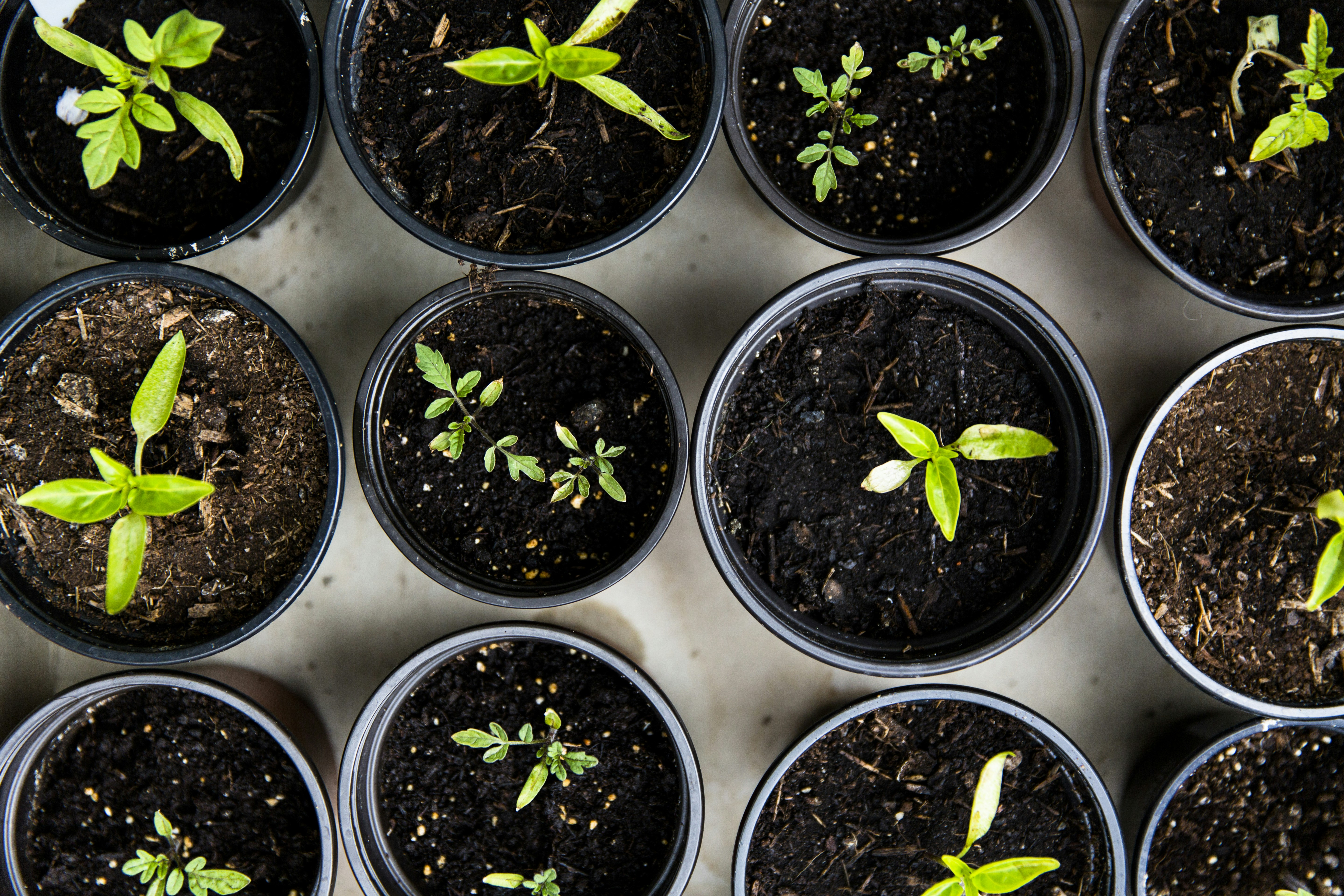Have you ever wondered if sustainable gardening practices could be applied to nopal cultivation? If you’re interested in growing this versatile and resilient cactus sustainably, you’re in the right place. Nopal, also known as prickly pear, has gained popularity not only for its culinary uses but also for its health benefits and environmental adaptability.
In this guide, let’s discuss how to make your nopal cultivation more sustainable. We’ll cover soil preparation, water management, organic pest control, and other essential practices that won’t just lead to a bounty of nopales but also help in preserving the environment.
Understanding Nopal: An Overview
Nopal (Opuntia spp.), commonly known as the prickly pear cactus, holds significant agricultural, medicinal, and ecological importance. Native to North and South America, this drought-resistant plant is mainly cultivated in arid and semi-arid regions. Understanding its biology is crucial to adopting sustainable practices.
What Makes Nopal Unique?
The nopal cactus has characteristics that make it uniquely suited for sustainable gardening. First and foremost, it’s a xerophyte – a plant adapted to survive in an environment with little water. This built-in efficiency can considerably reduce the need for irrigation, making it an excellent candidate for eco-friendly gardening practices.
Nutritional and Economic Value
Beyond its ecological resilience, nopal is packed with nutrients, including vitamins, minerals, and dietary fiber. It can also be a good source of income, as it’s used in culinary dishes, cosmetics, and herbal medicine. This multifaceted value underscores the importance of cultivating nopal sustainably.
Soil Preparation: The Foundation of Sustainability
Soil health is the cornerstone of any sustainable gardening project. Healthy, nutrient-rich soil not only boosts plant growth but also contributes to a more resilient ecosystem.
Soil Type and Composition
Nopal thrives in well-draining, sandy, or loamy soil with a slightly acidic to neutral pH (6.0-7.5). Here’s a quick breakdown of the ideal soil composition:
| Soil Component | Ideal Percentage |
|---|---|
| Sand | 40-60% |
| Silt | 20-40% |
| Clay | 20-40% |
Enhancing Soil Fertility
In sustainable gardening, using organic matter to enhance soil fertility is key. Compost, aged manure, and green manure are excellent choices. These not only improve soil structure but also increase its water-holding capacity and nutrient content.
No-Till Gardening
No-till gardening is another effective sustainable practice, as it minimizes soil disturbance and preserves its natural structure. This method also enhances soil health by promoting the growth of beneficial microorganisms.
Water Management: Conservation is Key
Water is a precious resource, particularly in regions where nopal is commonly grown. Efficient water management strategies can make your nopal cultivation more sustainable.
Drip Irrigation Systems
Drip irrigation systems are highly effective for nopal cultivation, as they deliver water directly to the plant roots, significantly reducing water wastage. The slow, steady application of water ensures deep soil penetration, fostering healthier root systems.
Rainwater Harvesting
Rainwater harvesting is an excellent way to conserve water. By collecting and storing rainwater, you can reduce your reliance on municipal water supplies and ensure a steady water source during dry spells.
Mulching for Moisture Retention
Organic mulch, such as straw, wood chips, or leaves, can help in retaining soil moisture, reducing the need for frequent watering. Mulching also adds organic matter to the soil as it decomposes, further enhancing soil health.
Organic Pest and Disease Control
Managing pests and diseases without resorting to chemical pesticides is pivotal for sustainable gardening. Not only does it protect your plants, but it also preserves beneficial insects and other wildlife.
Common Pests and Diseases
Some common pests to watch out for include:
| Pest | Description | Sustainable Control Methods |
|---|---|---|
| Cochineal insect | Saps nutrients, weakens plants | Hand-picking, biological control |
| Nopal borer | Larvae bore into cactus pads | Parasitic wasps, diatomaceous earth |
| Aphids | Suck sap, causing stunted growth | Neem oil, ladybugs |
Identifying common diseases:
| Disease | Description | Sustainable Control Methods |
|---|---|---|
| Phytophthora blight | Causes rot at base of cactus | Good drainage, copper fungicides |
| Bacterial necrosis | Leads to tissue decay, dark lesions | Removing affected areas, sanitation |
Beneficial Insects and Companion Planting
Encouraging beneficial insects like ladybugs, lacewings, and parasitic wasps can naturally keep pest populations in check. Companion planting with herbs such as basil, mint, and marigold can also deter pests and support plant health.
Natural Pesticides
Using natural pesticides like neem oil, insecticidal soap, or diatomaceous earth can effectively manage pest problems without harming the environment. These are readily available and can be applied directly to the affected areas.
Sustainable Fertilization Practices
Fertilizers are essential for plant growth, but conventional fertilizers can harm the environment. Opting for sustainable fertilization practices can nourish your nopal while protecting the ecosystem.
Compost and Manure
Compost and aged manure are excellent organic fertilizers. They provide a balanced mix of nutrients and improve soil structure and water retention. Regularly adding compost to your soil can sustain long-term fertility.
Vermicomposting
Vermicomposting, or worm composting, is another sustainable option. Earthworms process organic waste into nutrient-rich castings, which can be used as a potent natural fertilizer.
| Material | Nutrients Provided |
|---|---|
| Compost | Nitrogen, Phosphorus, Potassium, Micronutrients |
| Aged Manure | Nitrogen, Phosphorus, Potassium |
| Vermicompost | Wide range of nutrients, beneficial microorganisms |
Cover Crops
Growing cover crops, such as legumes, during the off-season can fix nitrogen in the soil, reduce erosion, and improve soil structure. Once matured, these crops can be turned into the soil as green manure, further enriching it.
Biodiversity and Ecological Balance
Sustainable gardening isn’t just about what you plant, but also about fostering an environment that supports a diverse ecosystem.
Polyculture vs. Monoculture
Polyculture, or growing multiple crops together, is beneficial for soil health and pest management. It mimics natural ecosystems and provides various benefits such as improved nutrient cycling and reduced pest outbreaks.
Attracting Wildlife
Creating habitats that attract wildlife like birds, bees, and butterflies can bolster your garden’s ecological balance. Installing birdhouses, planting nectar-rich flowers, and providing water sources can attract these beneficial visitors.
Native Plants
Incorporating native plants in your garden can enhance local biodiversity. These plants are well-adapted to the local climate and require less water and maintenance, making them ideal for sustainable gardens.
Harvesting and Post-Harvest Handling
Proper harvesting and post-harvest handling can reduce waste and ensure the quality of your nopal harvest.
When to Harvest
Nopal pads, or cladodes, are typically harvested when they are young and tender, around 3-4 weeks old. The exact harvesting time may vary depending on the specific species and growing conditions.
Harvesting Techniques
Using a sharp knife or pruning shears, carefully cut the pads at the base. Wear gloves to protect yourself from the cactus spines. Handle the pads gently to avoid bruising, as this can lead to quicker spoilage.
Post-Harvest Handling
After harvesting, rinse the pads to remove any dirt and spines. Store them in a cool, dry place to extend their shelf life. Proper storage can significantly reduce post-harvest losses and ensure that your nopal retains its freshness and nutritional value.
Community and Cultural Practices
Sustainable gardening can have a broader impact when it involves community engagement and preserves cultural practices.
Knowledge Sharing
Engaging in community gardening projects can spread awareness about sustainable practices. Sharing your knowledge and experiences with others can create a collective effort to promote environmental stewardship.
Cultural Significance
Nopal holds cultural significance in many communities, particularly in Mexico. Preserving and sharing traditional cultivation practices can enrich your gardening experience and contribute to cultural heritage preservation.

Adopting Technological Innovations
While traditional methods offer numerous benefits, technological advancements can also support sustainable nopal cultivation.
Soil Monitoring Tools
Modern soil monitoring tools can help you track soil moisture levels, nutrient content, and pH. These tools enable precise adjustments, optimizing plant health and resource use.
Automated Irrigation Systems
Automated irrigation systems can further enhance water efficiency. Coupled with weather forecasting and soil sensors, these systems ensure that your plants receive the right amount of water at the right time.
Economic and Environmental Benefits
Sustainable nopal cultivation not only benefits the environment but also offers economic advantages.
Cost Savings
While the initial setup for sustainable practices might be higher, the long-term savings can be substantial. Reduced water and chemical inputs, improved soil health, and decreased pest management costs can all contribute to overall savings.
Environmental Impact
By using sustainable practices, you’re contributing to soil conservation, water conservation, and biodiversity. These environmental benefits have a far-reaching impact, supporting a healthier planet for future generations.
Challenges and Solutions
Like any gardening endeavor, sustainable nopal cultivation has its challenges. However, there are practical solutions to overcome these obstacles.
Common Challenges
- Drought: Even though nopal is drought-resistant, extended dry periods can affect growth.
- Pests and Diseases: Organic pest control methods can sometimes be less immediate than chemical options.
- Soil Erosion: Sandy soils, while well-draining, are prone to erosion.
Potential Solutions
- Drought: Utilize efficient irrigation systems and drought-resistant soil amendments.
- Pests and Diseases: Regular monitoring and integrated pest management can keep issues under control.
- Soil Erosion: Implement erosion control measures such as terracing and cover crops.
Conclusion
Incorporating sustainable gardening practices into your nopal cultivation can lead to a thriving, eco-friendly garden. From soil preparation and water management to organic pest control and fostering biodiversity, these practices offer numerous benefits for both the environment and your personal well-being.
So, can you use sustainable gardening practices for nopal cultivation? Absolutely! By taking a thoughtful and informed approach, you can enjoy a bountiful harvest while contributing to a healthier planet. Happy gardening!




